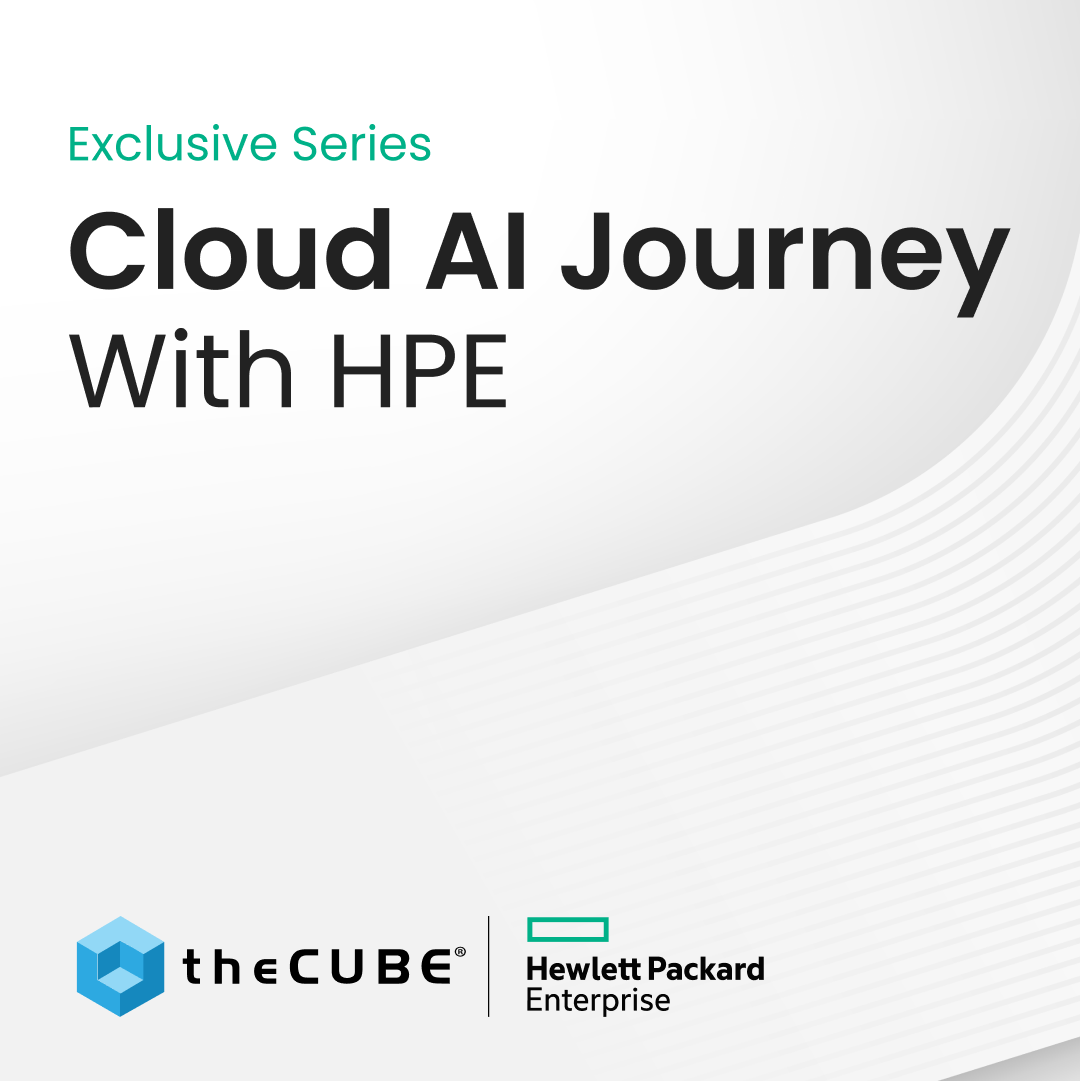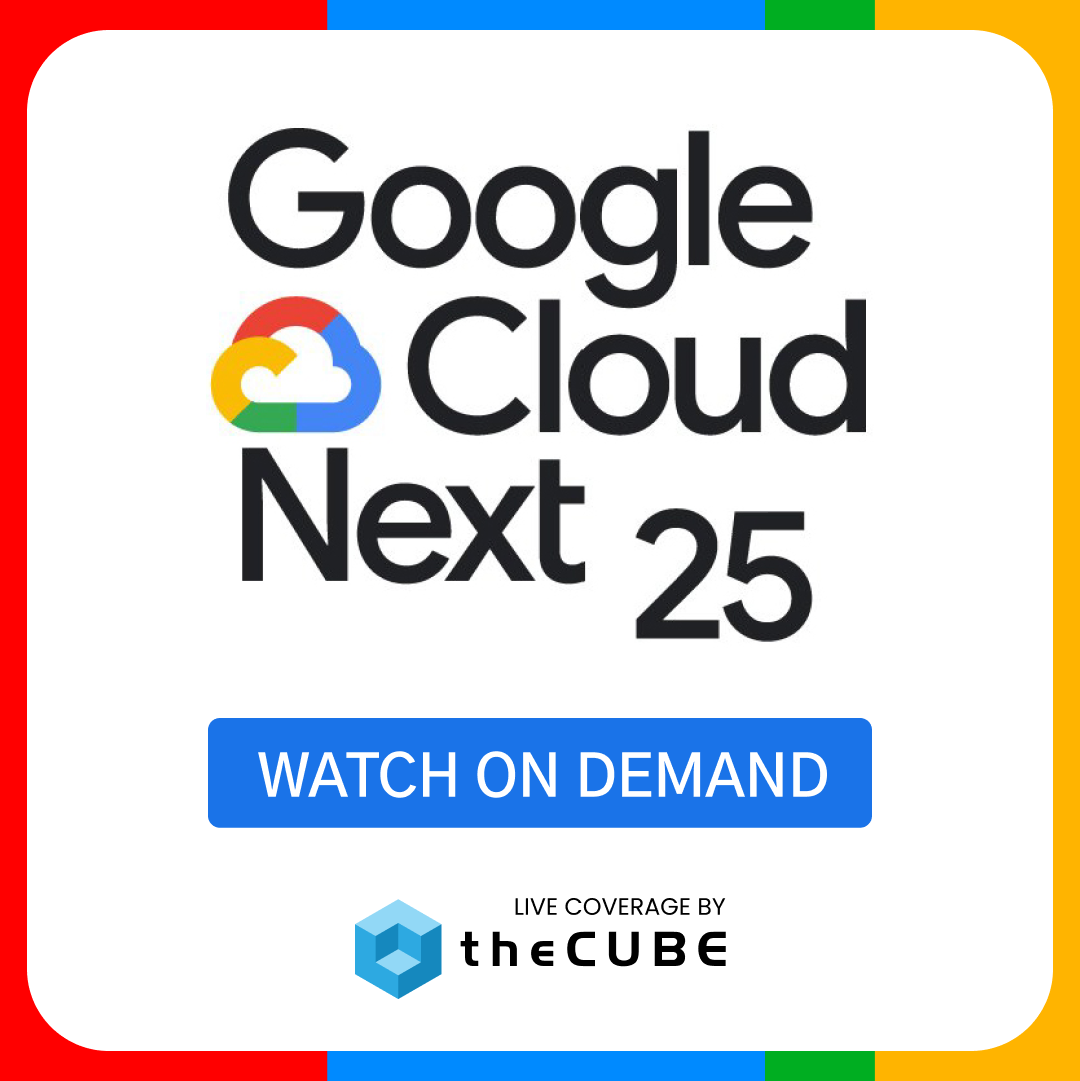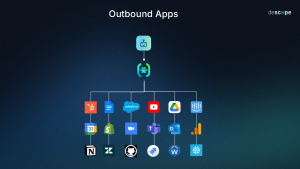The criticality of RTO and RPO
Frequent readers of this blog know that I am obsessed with data protection in general and data restoration specifically. Obviously these two elements are critical for today’s data-intensive businesses and there are a multitude of vendors providing solutions to address these challenges. It can be difficult to assess the benefits of a given approach and the concepts of Recovery Time Objective(RTO) and Restore Point Objective(RPO) are useful metrics to consider when analyzing the benefits of different solutions. In this blog entry, I will discuss these two measures and why they are relevant to your organization.
Recovery Time Objective
This is a critical metric for illustrating the risk of potential downtime. SNIA defines the term as follows:![]()
The maximum acceptable time period required to bring one or more applications and associated data back from an outage to a correct operational state
Thus RTO is a measure of how fast data can be recovered. As you can imagine, there are a range of options for reducing RTO and in general, the shorter the RTO, the higher the cost. Common solutions for RTO reduction include, disk-based backup, CDP technology and array-based snapshots. Each of those approaches bring a benefits in RTO, but may add capital expense and operational complexity.
The other element to consider is that not all applications should be treated the same. For example, RTO requirements on a mission-critical Oracle database are likely to be very different from those on filers holding personal data. In the former case, a lengthy outage could dramatically impact the business while in the latter, it could cause annoyance with a minimal business impact.
When considering a solution you should look at its RTO metrics and analyze how they align with your business objectives. Additionally, remember that RTO and product cost are often inversely related and so while a short RTO might be nice for all applications, the resulting costs may not meet your budgetary requirements.
Recovery Point Objective
RPO addresses the granularity of recovery and the frequency of backup. SNIA defines it as follows:
The maximum acceptable time period prior to a failure or disaster during which changes to data may be lost as a consequence of recovery. ![]()
The question to ask yourself is, “how much data can I afford to lose if an outage were to occur.” In the traditional nightly backup model, you are potentially at risk of losing up to 24 hours worth of data. You could reduce the RPO by performing more frequent backups during the day. Alternative approaches include CDP or snapshots. However, these can add cost and complexity.
Like RTO, RPO requirements can vary by application. Critical applications with large change rates may require shorter RPOs versus infrequently changing lower tier applications. Meeting these divergent needs typically requires different approaches to creating data backups. However, in general the more granular the RPO, the more expensive the solution. Thus, RPO must be reviewed in the context of application criticality and budget.
Summary
RTO and RPO are critical metrics for today’s data protection environments, and choosing the appropriate approach requires a detailed understanding of the environment and business objectives. It is often useful to combine solutions to achieve RTO and RPO requirements while managing total costs. A classic example is utilizing frequently daily snapshots for short-term RPO and RTO while still relying on full backups nightly for longer term retention. The full backups enable you to limit the number of snapshots retained which can reduce costs and environment complexity. A SEPATON solution can address these challenges by improving RTO in the traditional backup process and potentially improving RPO by allowing for less impactful intraday backups. It will provide these benefits at a cost that is much less than alternative approaches.
[Cross-posted at About Restore]
A message from John Furrier, co-founder of SiliconANGLE:
Your vote of support is important to us and it helps us keep the content FREE.
One click below supports our mission to provide free, deep, and relevant content.
Join our community on YouTube
Join the community that includes more than 15,000 #CubeAlumni experts, including Amazon.com CEO Andy Jassy, Dell Technologies founder and CEO Michael Dell, Intel CEO Pat Gelsinger, and many more luminaries and experts.
THANK YOU

















